Description
Sepiolite: The Versatile and Curious Clay Mineral
Sepiolite, a name derived from the Greek word “sepiolite” meaning “cuttlefish bone,” is a unique and fascinating clay mineral with a wide array of applications stemming from its distinctive structure and properties. Often mistaken for a simple clay, sepiolite stands out due to its fibrous, porous nature and its ability to absorb significant amounts of fluids. Let’s delve into what makes sepiolite so special.
A Unique Structure: Chains and Channels
Unlike typical layered clay minerals, sepiolite boasts a chain-like structure. Its crystal lattice consists of ribbons that are linked together in a way that creates continuous channels running parallel to the fibers. These channels are responsible for sepiolite’s exceptional properties. They are capable of housing water molecules, organic compounds, and even other minerals. This unique arrangement allows sepiolite to:
- Absorb Liquids: The channels act like tiny sponges, soaking up water and other liquids. Sepiolite can absorb up to three times its weight in water, making it a powerful absorbent material.
- Exhibit High Surface Area: The intricate network of channels creates a vast surface area, enabling sepiolite to interact effectively with other substances.
- Provide Adsorption: The surface of the channels is chemically active, allowing it to bind with various molecules through adsorption.
From Cuttlefish Bone to Industrial Applications
While the name alludes to a resemblance to cuttlefish bone, sepiolite’s applications extend far beyond simple visual similarities. Its unique properties have made it a valuable material in a variety of industries:
- Absorbents: Due to its high absorption capacity, sepiolite is widely used in absorbent products like cat litter, industrial spill clean-up materials, and even in pharmaceuticals for absorbing toxins.
- Catalysis: The large surface area and adsorption capabilities make sepiolite an effective carrier for catalysts in various chemical reactions.
- Animal Feed: Sepiolite is added to animal feed as an anti-caking agent, to improve pellet integrity, and to absorb toxins in the digestive system.
- Construction: Sepiolite can be added to cement and concrete to improve workability, reduce cracking, and enhance durability.
- Drilling Muds: In the oil and gas industry, sepiolite is used as a thickening agent in drilling muds, helping to suspend drill cuttings and maintain borehole stability.
- Thickeners and Stabilizers: Its ability to form gels and suspensions makes sepiolite a useful thickener and stabilizer in paints, coatings, and other products.
- Pharmaceuticals: Sepiolite is used in certain medications as an adsorbent to bind toxins and harmful substances in the digestive tract.
Beyond the Practical: Sepiolite’s Geological Significance
Sepiolite is not just industrially valuable; it also offers insights into geological processes. It typically forms in alkaline, magnesium-rich environments, such as saline lakes and hydrothermal systems. Its presence can indicate specific geochemical conditions and provide clues about the past environments in which it formed.
The Future of Sepiolite
Research into sepiolite continues to explore its potential in new and emerging applications. Its biocompatibility and adsorptive properties are being investigated for use in drug delivery systems and biomedical applications. Its ability to remove heavy metals and pollutants from water is also being explored for environmental remediation.
In conclusion, sepiolite is a remarkable clay mineral with a structure that sets it apart from other clays. Its unique properties, from its impressive absorption capacity to its vast surface area, have made it a valuable material across diverse industries. As research continues, we can expect to see even more innovative applications of this versatile and curious mineral in the future.

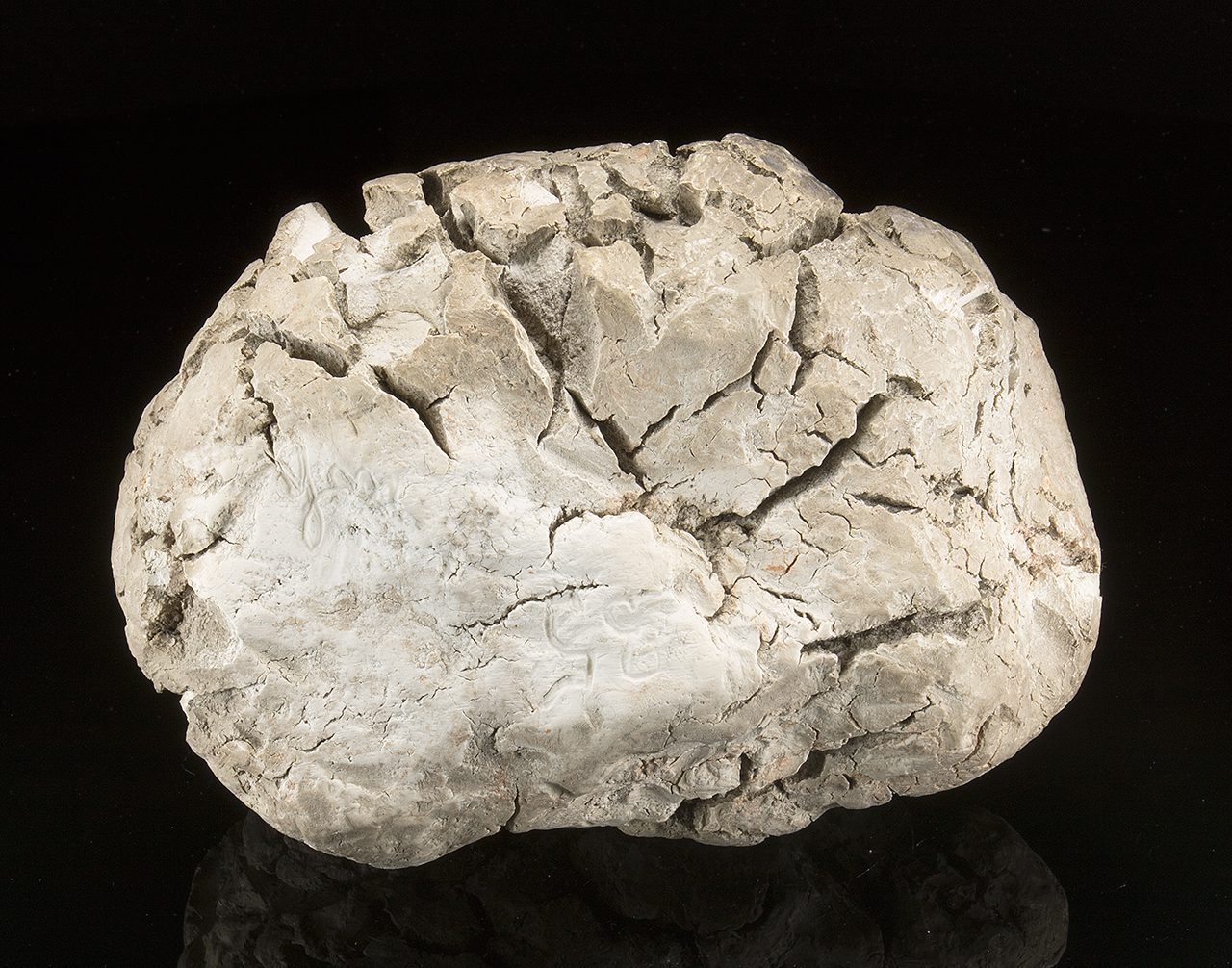
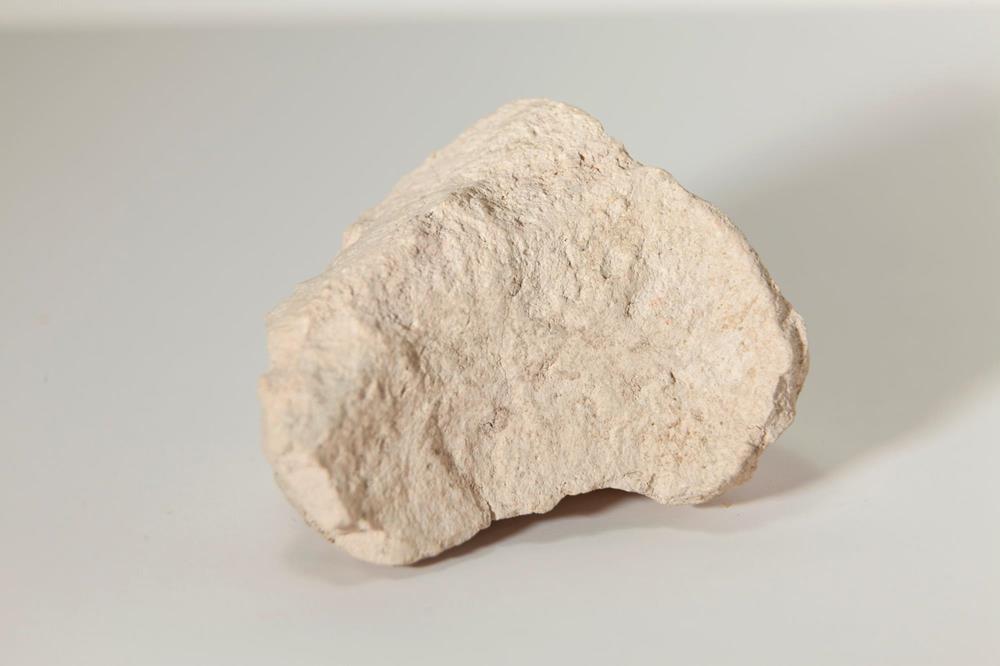
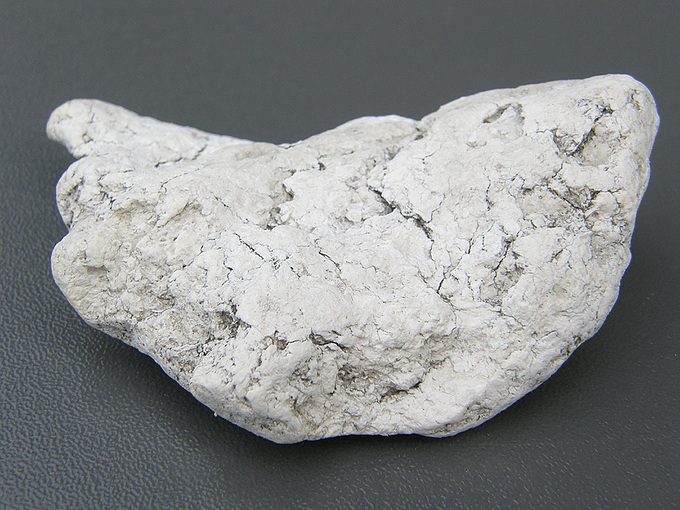
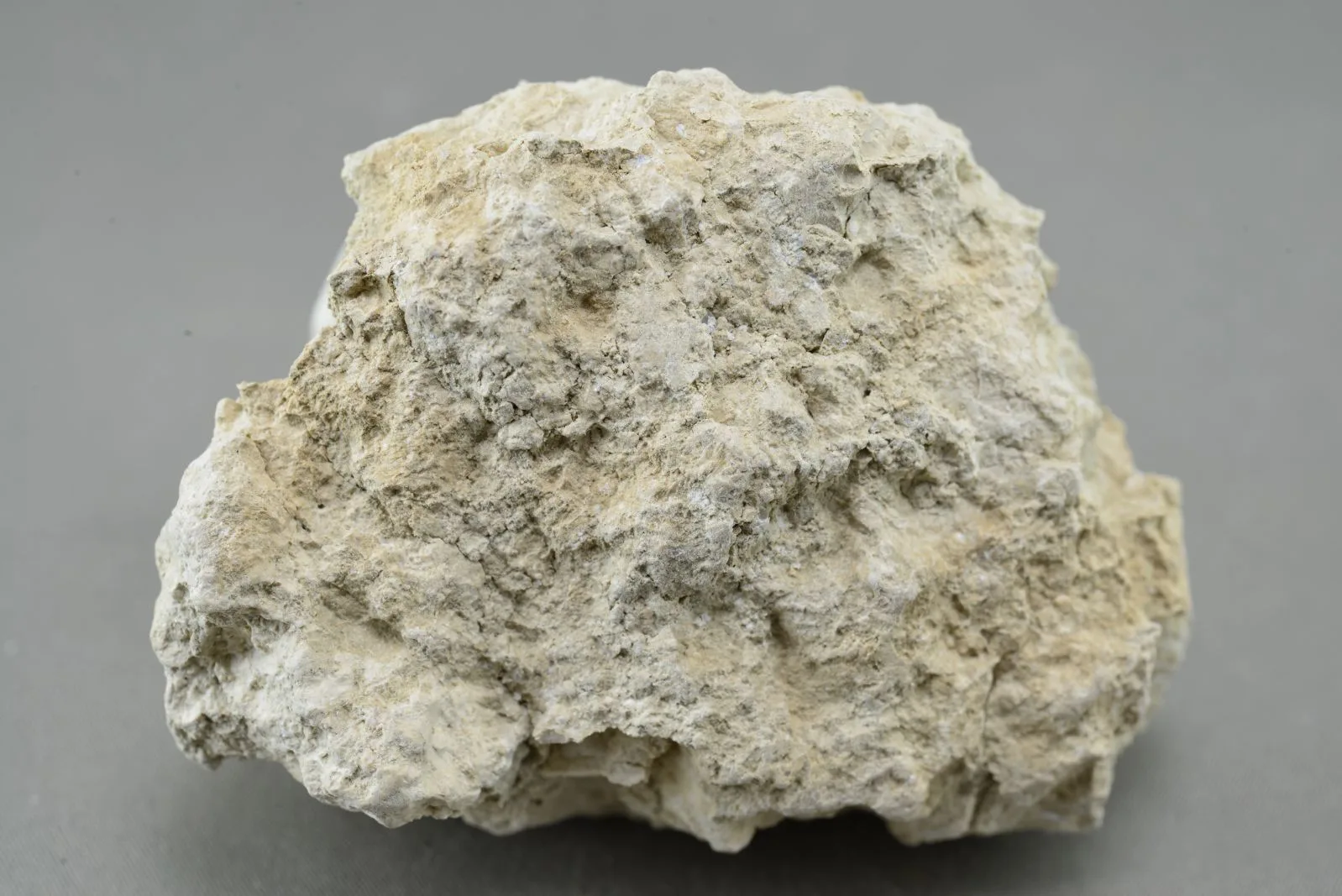
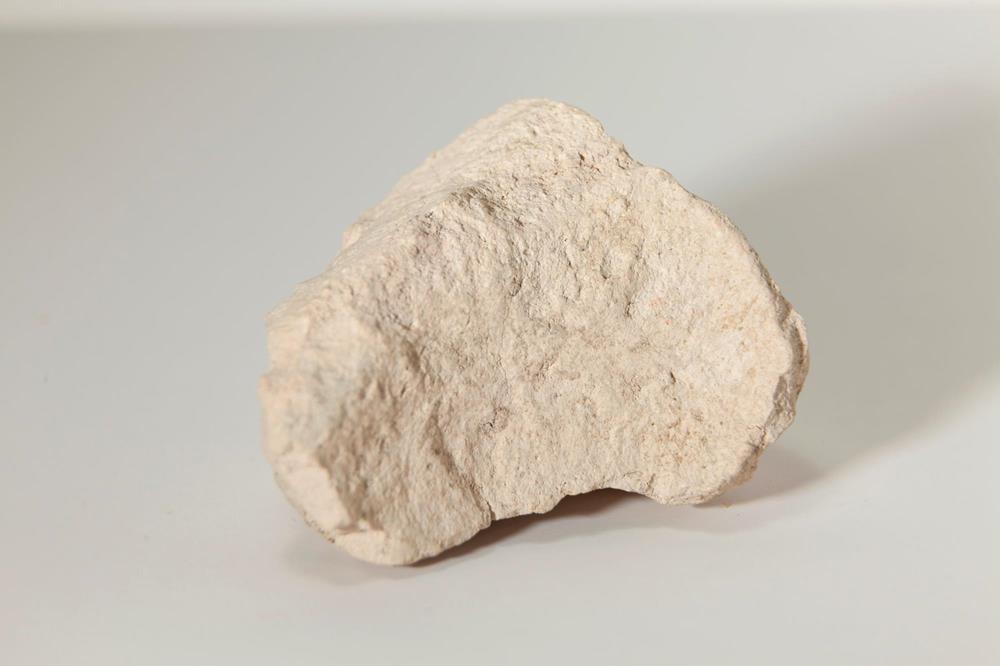
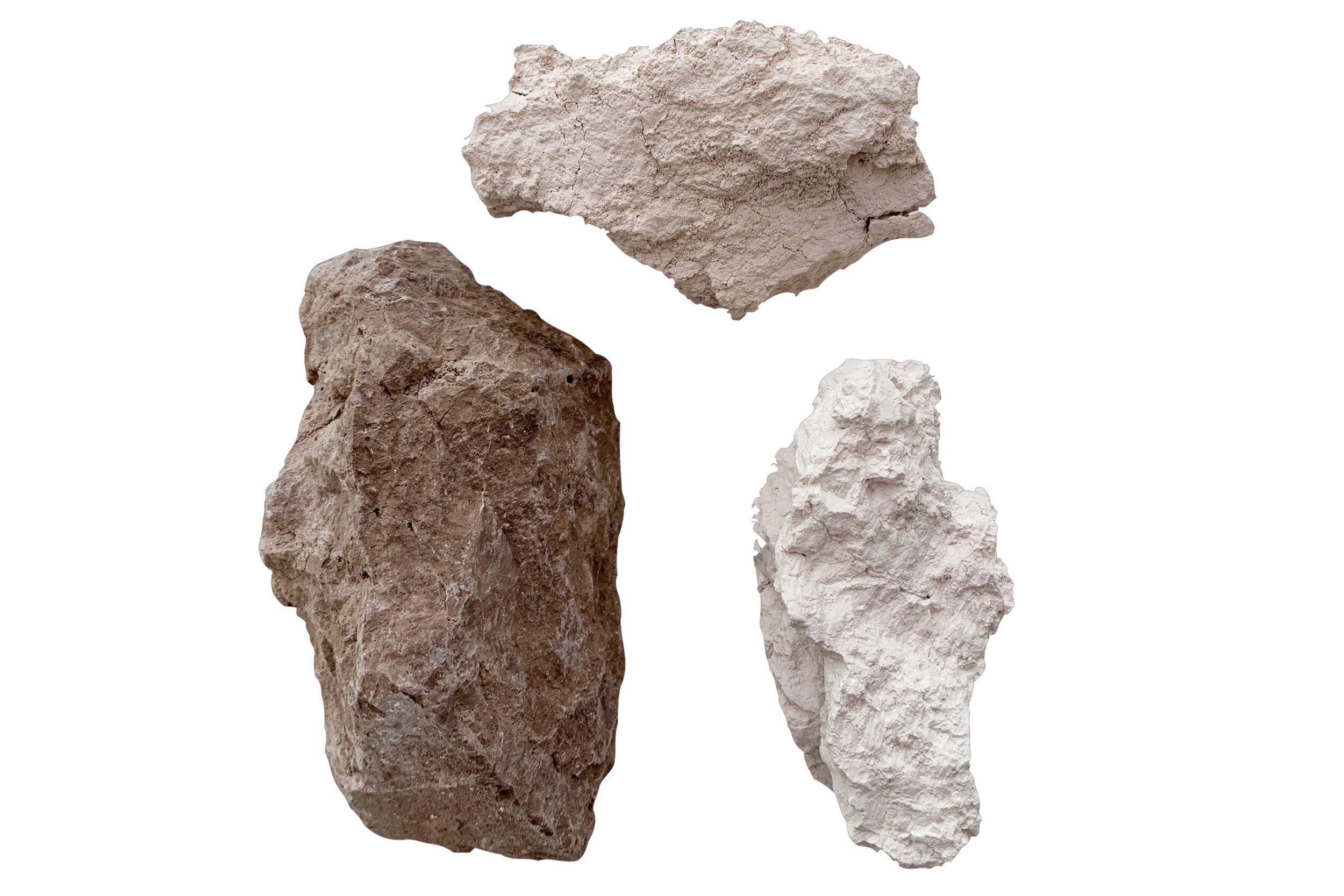



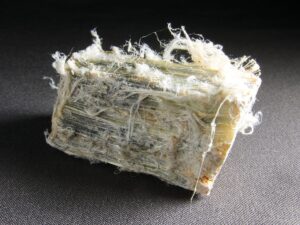
Reviews
There are no reviews yet.